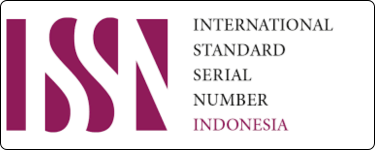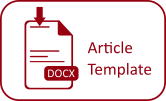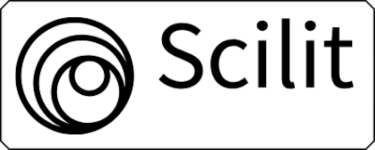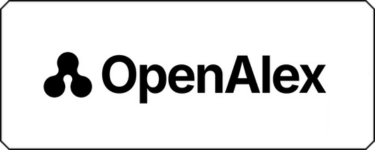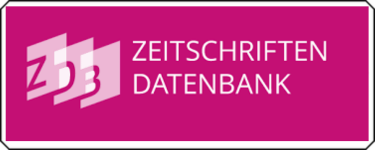Kontradiksi Pandangan HTI atas Pancasila
Keywords:
HTI, Pancasila, Khilafah, KontradiksiAbstract
Sebagai gerakan Islam trans-nasional, Hizbut Tahrir Indonesia (HTI) melakukan penghalusan pandangan atas dasar negara Republik Indonesia, yakni Pancasila. Di tahun 1990, secara eksplisit ia mengafirkan Pancasila karena memuat kemajemukan agama dan deideologi, padahal hanya Islam, agama dan ideologi yang benar. Pada tahun 2012, HTI melunakkan pandangannya dengan menyebut Pancasila sebagai set of philosophy: rangkaian filsafat buatan manusia. Sayangnya sebagai filsafat buatan manusia, status Pancasila tetap berada di bawah Islam yang dipahami sebagai ideologi ketuhanan. Keinginan menegakkan syariah dan khilafah didasarkan pada keberadaan sila Ketuhanan Yang Maha Esa dalam Pancasila. Dengan demikian, hal tersebut merupakan hak umat Islam. Inilah kontradiksi pandangan HTI, yang menerima Pancasila namun menempatkannya di bawah bangunan politik ideologisnya, khilafah Islamiyah.
Downloads
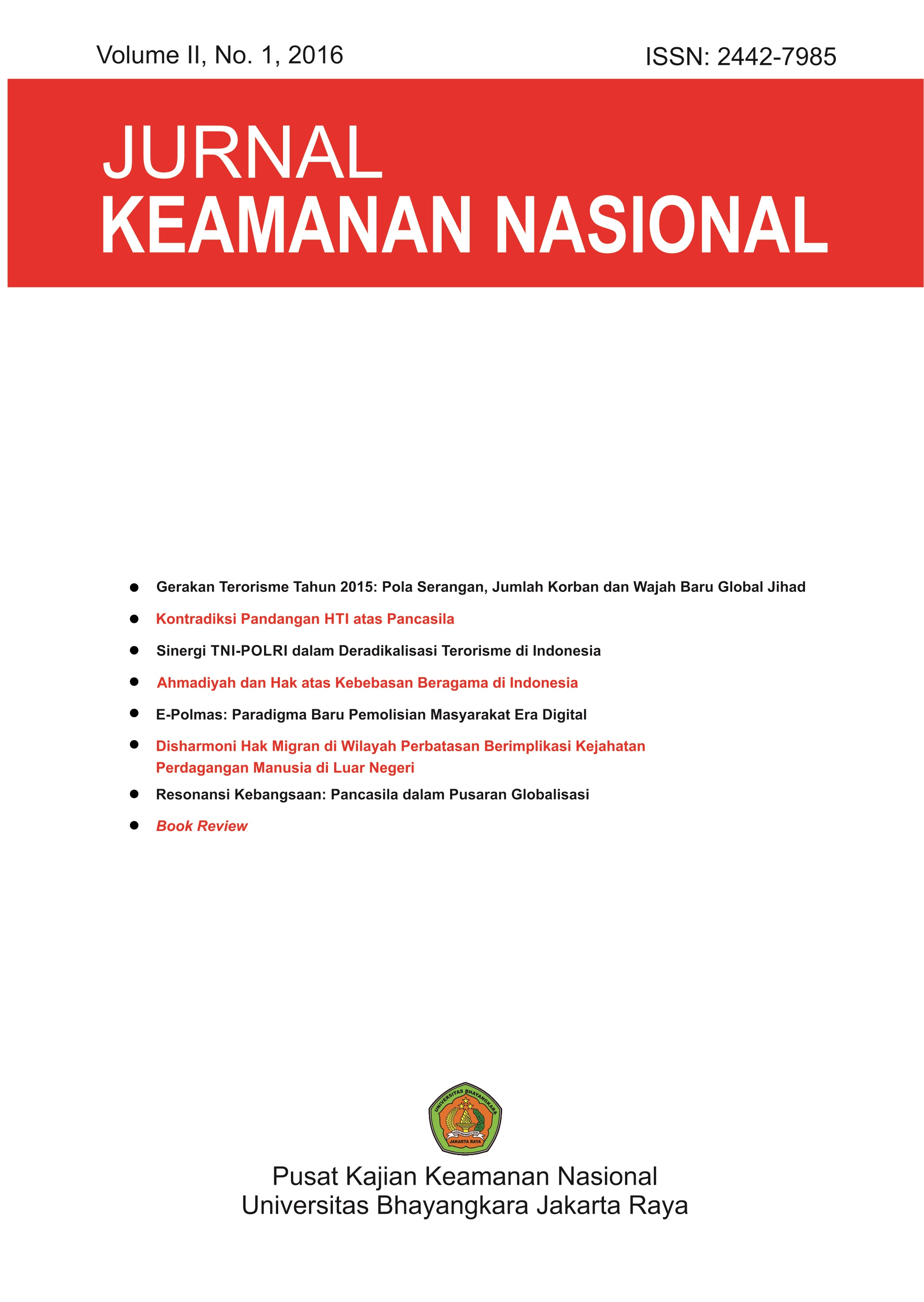
Downloads
Published
Issue
Section
License
Please read and understand the copyright terms for submissions to this journal.
Copyright Notice
The Jurnal Keamanan Nasional is under the Creative Commons Attribution 4.0 International (CC-BY 4.0) License, according to which:
1) Authors retain copyright and grant the journal the right to first publication, with the work simultaneously licensed under the Creative Commons Attribution (CC-BY 4.0) that allows the sharing of articles published with the acknowledgement of authorship and the initial publication in this journal.
2) The authors are authorized to make additional contracts separately for distribution of the version of the work published in this journal (for example, publication in an institutional repository or as a chapter of the book), as long as there is recognition of authorship and initial publication in this journal.
3) Authors are authorized and encouraged to publish and distribute their work online (for example, in institutional repositories or on their personal pages) at any time before or during the editorial process, as it increases the impact and reference of the published work.


